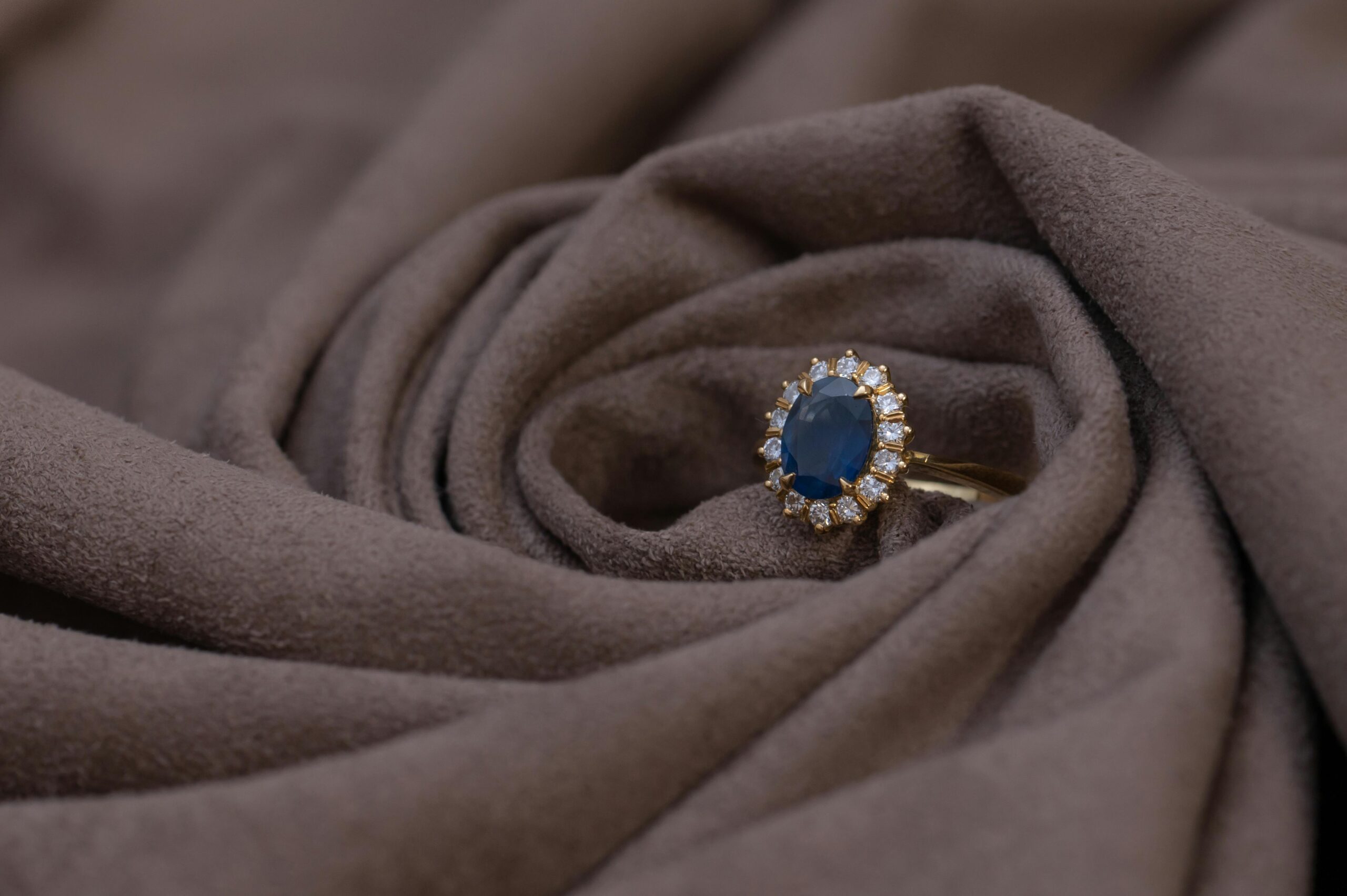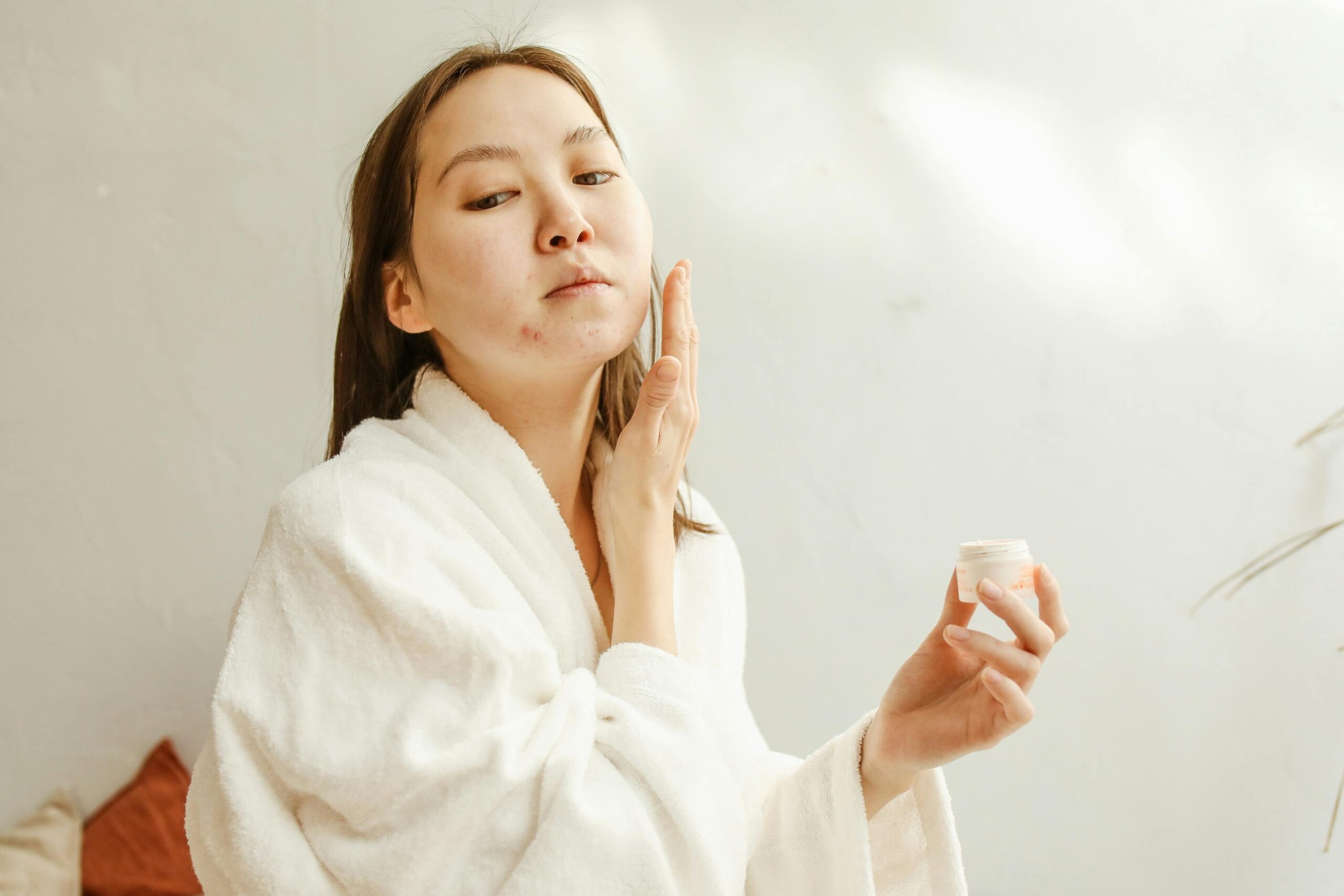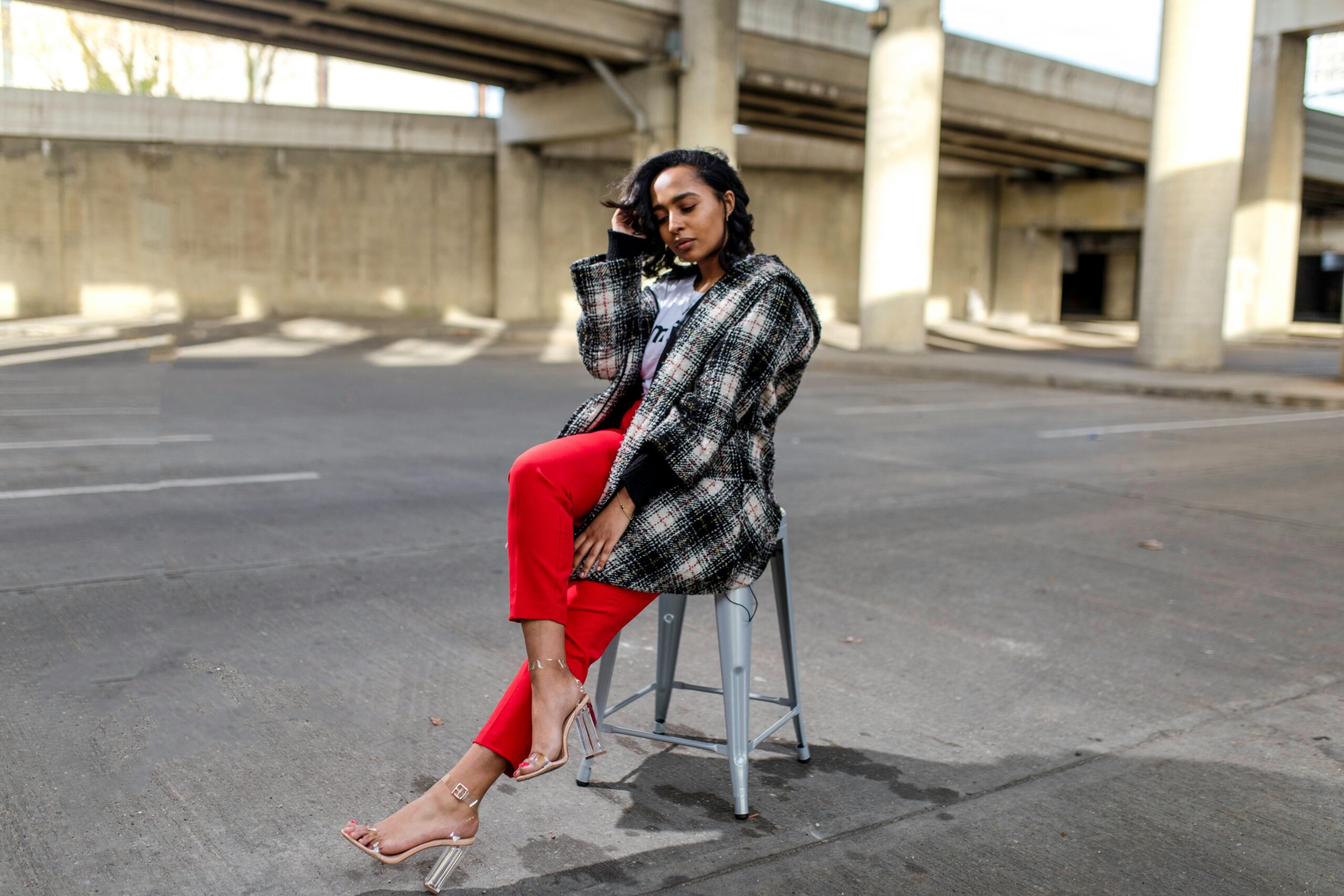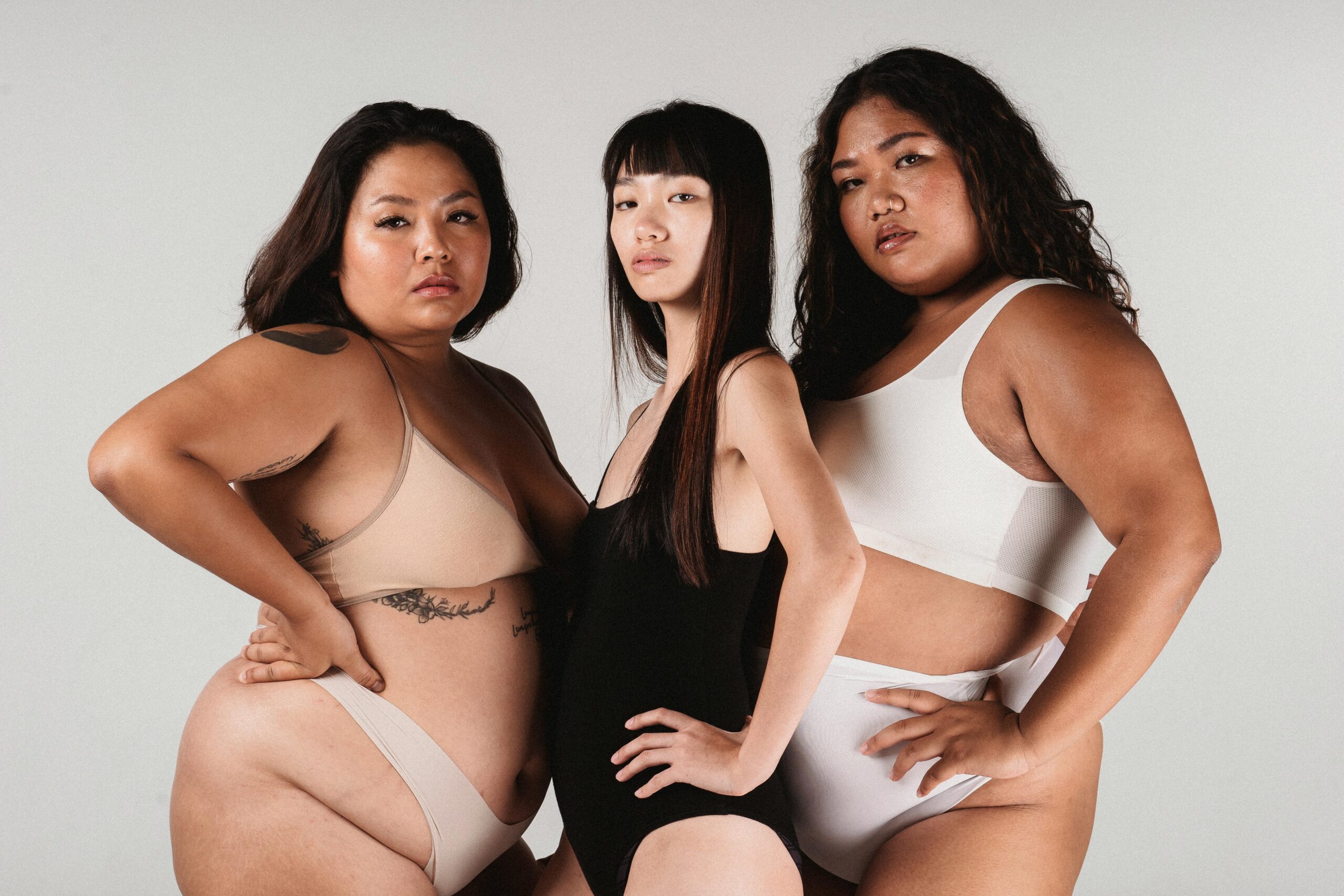
South African artist Frances Goodman is set to showcase an exhibition titled ‘Rapaciously Yours’ at the Richard Taittinger gallery in New York from February 26. Before we talk about her powerful artwork, we should point out that Frances will be the first female artist to display in this particular gallery, but she certainly hopes she won’t be the last.
In an interview with The Creators Project for Vice Media, she talks about her work which explores the idea of the feminine identity, beauty and feminism through sculptures made from materials very familiar to a lot of women.
“Rapacious is a fantastic word. It means needy and greedy and assertive and aggressive, all these attributes we’re taught to be embarrassed about. We’re taught not to want. ‘Rapacious’ asserts these characteristics that are only criticized in women, not men,” she said about the exhibition.
The idea is to encourage viewers to reconsider cultural ideas about women, by looking at familiar symbols of femininity such as acrylic nails and wedding dresses. She t0ld TCP that her focus on gender identity in art came from a frustration of how she and other female artists get treated in South Africa. Although 70% of art students are women, 70% of the artists with gallery representation are men.
“There’s a skewing. There’s still a need for feminism and a voice for what women have to contend with that men don’t,” she said. All the more reason her challenge of cultural ideas of women is important, especially as she has taken her work around the world.
She says there has been a type of probing into some of her work in a way that she believes men do not get. One of her exhibitions, which will also be shown at the Richard Taittinger gallery, comprised of floor-to-ceiling wedding dresses in the shape of a chandelier and an accompanying soundtrack will play the voices of women talking about societal pressures to marry.

“That’s what women do, they get married,” declares one anonymous voice.
“If I was out with my mom and her friends and there was a 30-something year old woman who wasn’t married and she didn’t have children, I would think ‘how very strange’,” says another.
“I feel like I’m getting older, I feel like I’m reaching my expiry date.”
Many people who saw the exhibit in South Africa asked her whether the piece was personal, or whether she created it after a bad break up.
“There’s an idea that women’s work is more personal. I generally say that it’s not an autobiographical work. It’s not about me, and it’s offensive to all the people involved in the work,” she said in response to those types of questions.
Frances also uses material such as acrylic nails, false eyelashes, pearls and sequins which are typically used in traditional beauty industry practices. Yet the sculptures she creates show these items being used in a very different way, almost pointing out how weird it is that we attach these types of objects to an idea of “beauty”.
“Women are often asked to make media-influenced choices about our bodies. Fake nails and false eyelashes, though, go against that. You’re able to become expressive, to become someone else. You don’t become the idea of who a woman should be. You become the antithesis,” she said.

In her ‘Vajazzling Series’, she sat for hours vajazzling numerous women and taking photos of them which are displayed on gallery walls. The photographic works of adorned, nude female torsos are a response to the commodification of the female body and its use in the media. The project aims to take an assertive position on the female form: the women stand proudly before the camera, showing off what is usually hidden in full exposure.
And it’s not just typical ideas of femininity she is exploring. In the ‘Revenge Series’ which comprises of a number of car hoods and car seats from American car brands, the idea was to challenge the stereotype of the emotional, unpredictable, irrational and impulsive woman, whilst also reducing men to the cliché of “you are what you drive” – the hoods become an avatar, the extension of the male ego.
“Cars are people’s avatars these days. When you want to lash out at people, you go for their cars,” she says of this exhibit.
The ‘Let Down Your Hair’ exhibit uses more of the acrylic nails to form medusa-like tentacles displayed on walls that are that are “simultaneously seductive and appalling” according to her website.
“By employing these materials and efforts, Goodman’s work draws attention to popular assumptions that narrow the possibilities of female identity to extremes of consumption, aspiration, obsession, desire, and anxiety. The beauty industry hinges on implicit and explicit messages that personal betterment can be found in a product. Loyalty to this system can amount to extreme investments of time and money, leaving devotees little opportunity to consider themselves under a structure of control,” says a description on the website.

“Though Goodman’s work references a society in which objects can define and burden people, it also celebrates the use of these materials as symbols of empowerment. The very existence of the pre-fabricated Big Bird-yellow, zinc white, and electric blue talons that Goodman employs in ‘Let Down Your Hair’ is evidence of women embracing their own version of beautiful, rather than what mainstream culture mandates.”
Although Frances grew up with parents who encouraged her to use her voice, which then in turn enabled her to study and take her work overseas, she says the idea of being an outspoken woman is still very problematic in society and that’s something she tries to contest through her work.
“When I finished studying, there was a time when I felt people were telling me to calm down on the woman stuff, to make my topics broader, to talk about conditions that affected everyone. I shied away from it for a while. But the more people articulate how women should be and how they should behave, the more vocal I’ve wanted to become,” she said.
It’s so important that we have more female artists around the world using their creative voices in public spaces, especially when they are sending messages that challenge existing norms and cultural boundaries like what Frances is doing. It’s one of the reasons the Guerrilla Girls artist collective and activist group in New York are adamant about talking of the need for more female artists to be represented in the world’s biggest galleries.
If you are in new York after February 26 we highly encourage you to support the important work of female artists like Frances Goodman and check out ‘Rapaciously Yours’ at the Richard Taittinger Gallery.

















